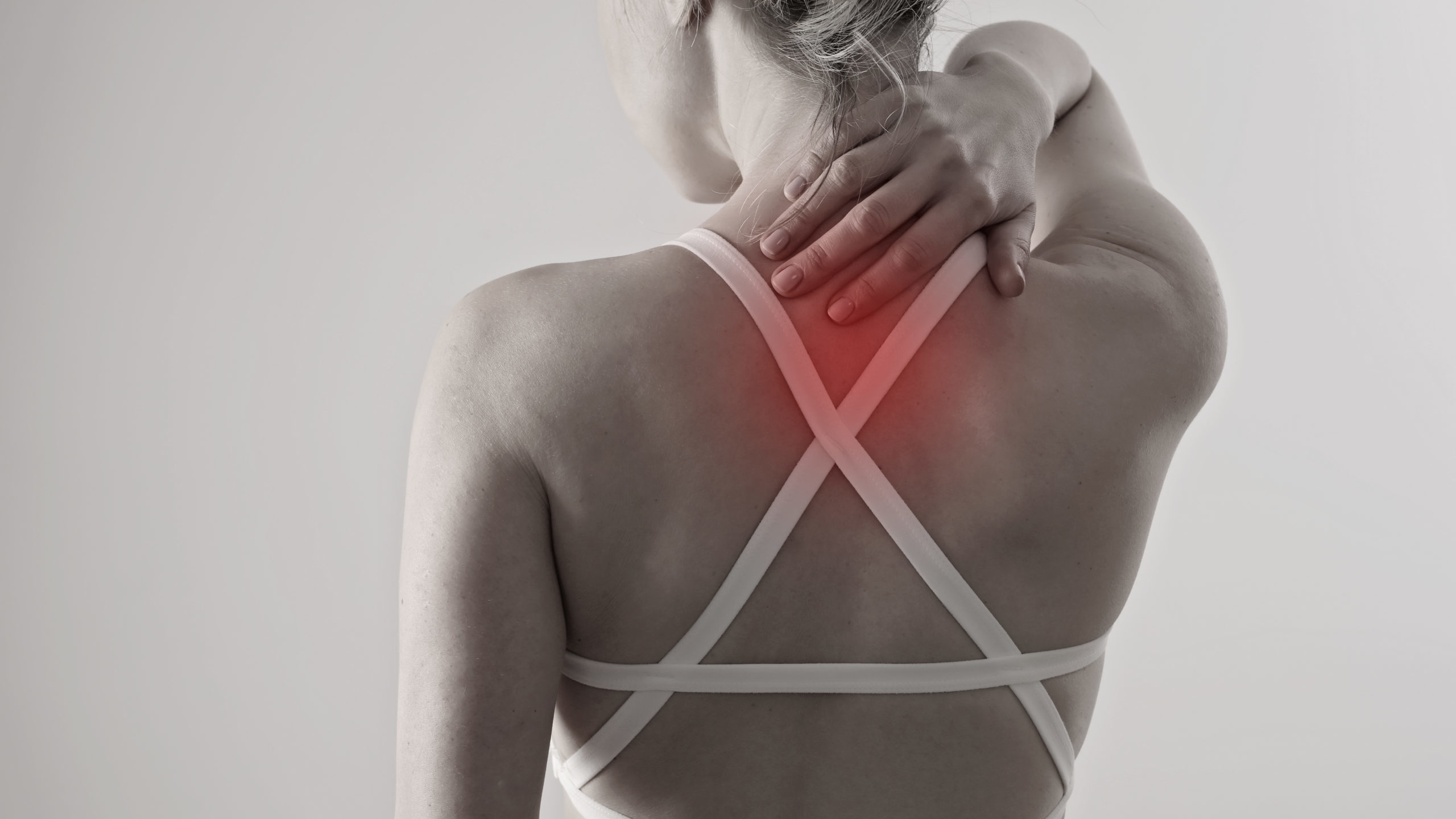
Being aware of joints and your ability to move easily are always concerns for dancer teachers and dancers. The older we get, the more common the diagnosis of arthritis becomes. While there are many types of arthritis, osteoarthritis, which is often called the “wear and tear” type of degenerative joint disease, is the most common. So is it inevitable that being a dancer goes hand in hand with arthritic changes? Can osteoarthritis be prevented? Once you have it, do you have to hang up your shoes and retire?
Dance Teacher spoke with Dr. Dana Kotler, a board-certified physiatrist and Clinical Instructor in Physical Medicine and Rehabilitation at Harvard Medical School, to get a better grasp of her knowledge on osteoarthritis in athletes, which can be applied to dancers and dance teachers, as well.
Is It Normal Aging or Osteoarthritis?
Differentiating between the normal wear and tear on a joint and osteoarthritis is key. Most patients visit a doctor because of painful or achy joints, stiffness, decreased range of motion or swelling. The doctor may find the signs of osteoarthritis, frequently in weight-bearing joints such as the hips, knees and spine, as they do a physical examination. Oftentimes, the diagnosis of osteoarthritis is then confirmed with an X-ray.
According to Dr. Kotler, “aging influences to the joint are graded typically based on radiographic findings.” Most aging athletes, for instance, show degenerative changes such as a narrowing of the joint space or changes to the bone, and pain may or may not be a factor. When there is pain at a joint, movement is often limited, and muscles weaken and stiffen in response to altered biomechanics. A common problem is an imbalance in the muscles surrounding the hip, with the gluteal muscles (especially the gluteus medius) not stabilizing hip movement in an optimal way, which can negatively influence the mobility of the hip, knee and ankle. Addressing these imbalances will become a part of the rehabilitation process.
What’s the Treatment Protocol?
Most of the initial treatment protocols for osteoarthritis are designed to mitigate discomfort, to break the cycle of pain-limiting movement-weakness. Things like cortisone injections and anti-inflammatories (both pharmaceutical and/or herbal supplements like turmeric or ginger) are prescribed. This can make physical therapy more tolerable and productive.
Dr. Kotler was quick to point out that if someone has improved their functioning through physical therapy by correcting biomechanical imbalances, they certainly don’t need to get an injection, which is intended to help with pain. The goal is to have a fully functioning joint that is not painful, even if the X-ray shows boney changes at the joint.
Don’t Take Osteoarthritis Lying Down
As dance teachers, we understand the impact of poor alignment and movement patterns on the joints. If you have been diagnosed with osteoarthritis, look carefully at the alignment and functioning of the rest of your body. Do you have any inefficient postural habits? These could include pronating feet, poor use of your core when standing, or prolonged slouching at the computer or when looking at your phone. Daily habits matter to musculoskeletal health. For example, working towards good turnout at the hips in class will not negatively influence the joint capsule as long as you and your students are working within your unique anatomies. Better alignment and motor control will decrease the strain on joints and improve technique.
Reflect on the overall stressors in your life, too. Muscle tension can often be a response to chronic stress—physical, mental or emotional. Getting a diagnosis of osteoarthritis can be stressful initially, but with some guidance and patience it doesn’t have to have a long-term effect on your movement.
Find a physical therapist and/or a type of training that looks at your whole body and how it is functioning. Physical therapy can provide targeted strengthening or stretching to balance out the imbalances. But it’s also important to integrate those changes into your functional, everyday movement. Remember: The body was designed to move, and it suffers as much from lack of movement as it does from overtraining, so listen to your body’s responses to find the balance that’s right for you. You don’t have to feel like a failure by utilizing pain-management options. They are a temporary assist in getting functional motion back. Dr. Kotler tells her patients that everyone has some wear and tear, but it doesn’t have to hurt. Get back to fully functioning, and don’t worry about what the inside of your joint looks like once it’s not bothering you.
But don’t ignore your pain! When arthritic symptoms first arise, it’s important to optimize stability and mobility through physical therapy and other options, such as over-the-counter meds or ice and heat. Surgery can be a viable and very effective choice when the joint degeneration is severe. Many dance teachers come back from hip or knee surgery with little to no loss in overall function.
Bottom line, pay attention to the messages from your body. Osteoarthritis isn’t something that happens overnight. Joint pain is an indicator that something may be out of balance, but tolerating the pain is not a requirement for being a dancer. Seek qualified, professional guidance for treatment.





